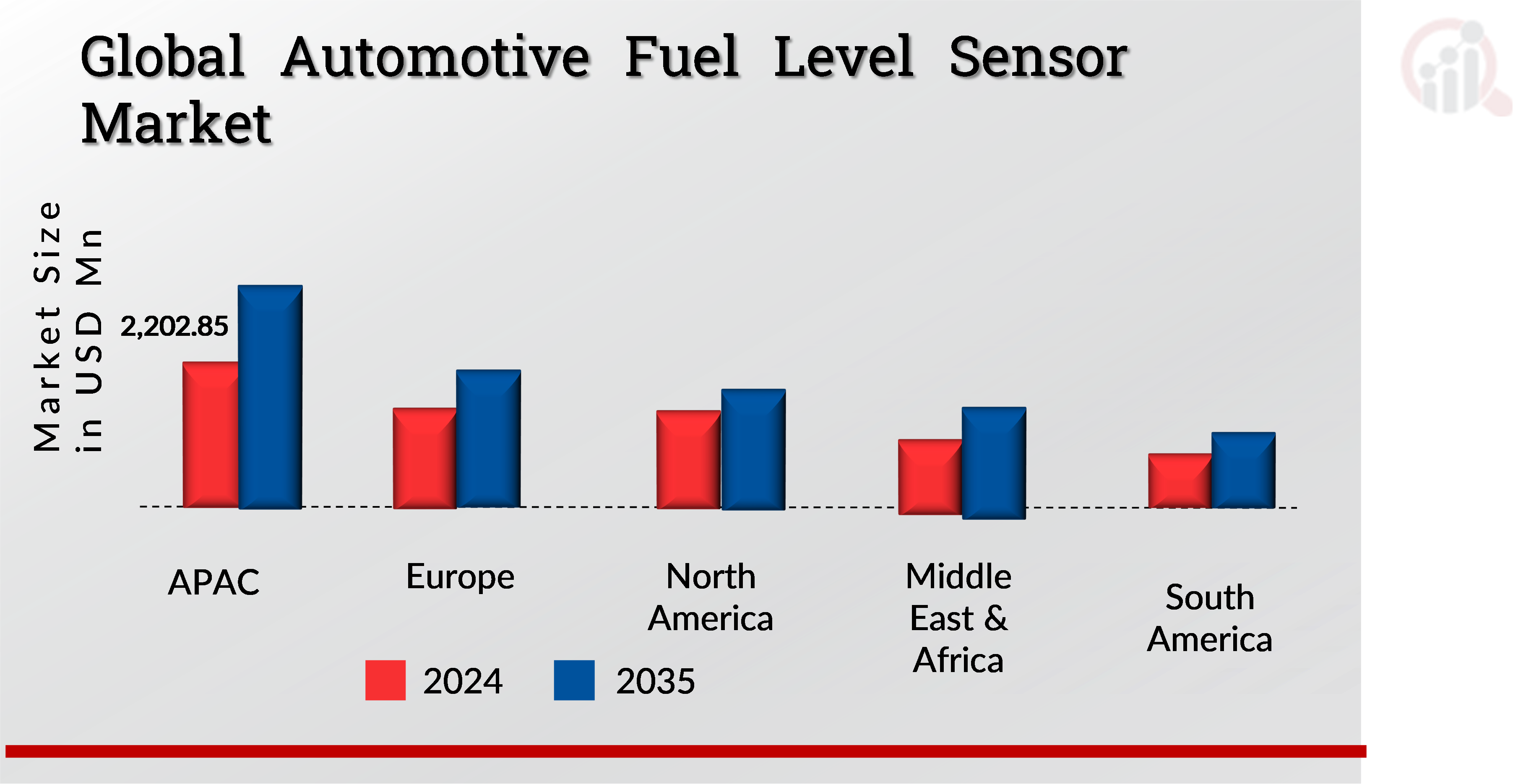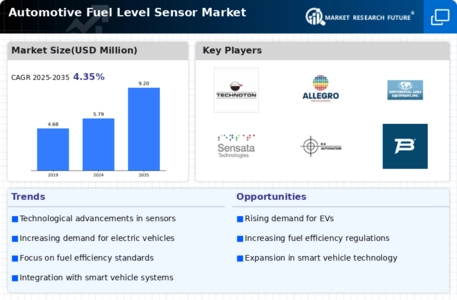The report on the Automotive Fuel Level Sensor Market has been segmented on the basis of region as: North America, Europe, Asia Pacific, South America, and Middle East & Africa.
The North America Automotive Fuel Level Sensor market holds a prominent position globally, owing to the region's strong automotive manufacturing base and advanced technological landscape. The automotive sector in North America, particularly in the United States and Canada, is driven by a combination of consumer demand for reliable vehicles, technological innovation, and regulatory pressures aimed at enhancing fuel efficiency and reducing emissions.
One of the major driving factors in the region is the presence of well-established automotive manufacturers and OEMs that prioritize advanced fuel management solutions. With increasing awareness about fuel conservation and emissions reduction, automotive companies are integrating cutting-edge fuel level sensors that offer high accuracy and durability. Technologies such as capacitive sensors, magnetostrictive sensors, and ultrasonic sensors are gaining traction due to their ability to provide precise fuel monitoring, even in challenging environments.
The Europe Automotive Fuel Level Sensor market is characterized by stringent emission regulations and a strong emphasis on sustainability. European countries, including Germany, the United Kingdom, France, and Italy, are at the forefront of automotive innovation, promoting the adoption of eco-friendly technologies and high-precision fuel monitoring solutions.
A key driver in the region is the European Union’s (EU) climate policies, which aim to reduce greenhouse gas emissions and enhance vehicle fuel efficiency. Regulations such as Euro 6/VI standards mandate the reduction of nitrogen oxide (NOx) emissions and particulate matter, compelling automakers to adopt advanced fuel level sensors that ensure minimal wastage and efficient fuel utilization. As a result, technologies like capacitive and optical sensors are gaining preference for their ability to deliver precise and real-time fuel level data.
FIGURE 3: Automotive Fuel Level Sensor Market VALUE BY REGION 2024 and 2035 (USD Million)

Source: Secondary Research, Primary Research, Market Research Future Database, and Analyst Review
Further, the countries considered in the scope of the Automotive Fuel Level Sensor Market are the US, Canada, Mexico, UK, Germany, France, Italy, Spain, Switzerland, Austria, Belgium, Denmark, Finland, Greece, Hungary, Italy, Luxembourg, Netherlands, Norway, Poland, Portugal, Slovakia, Sweden, Romania, Ireland, China, Japan, Singapore, Malaysia, Indonesia, Philippines, South Korea, Hong Kong, Macau, Singapore, Brunei, India, Australia & New Zealand, South Africa, Egypt, Nigeria, Saudi Arabia, Qatar, United Arab Emirates, Bahrain, Kuwait, and Oman, Brazil, Argentina, Chile, and others.

















